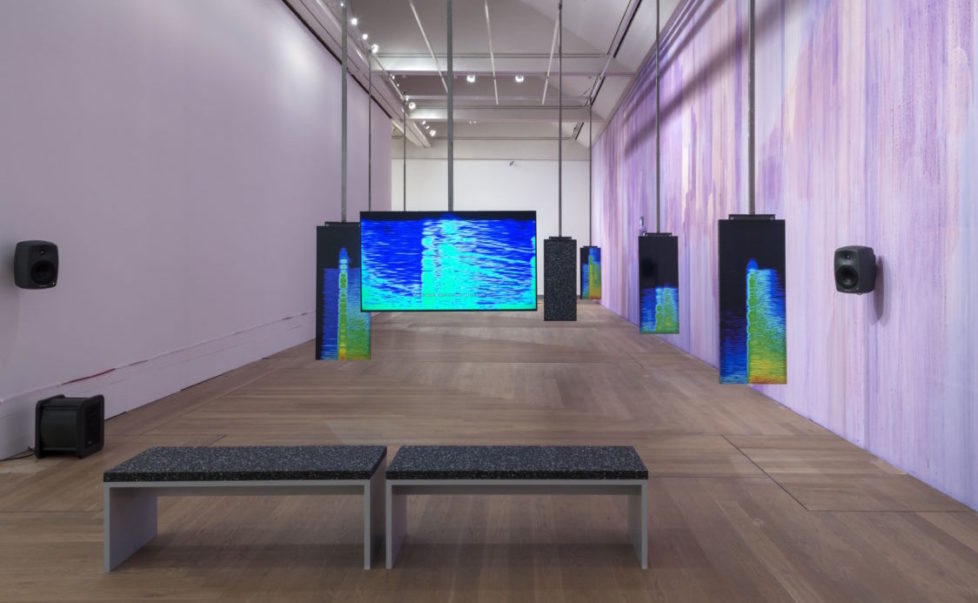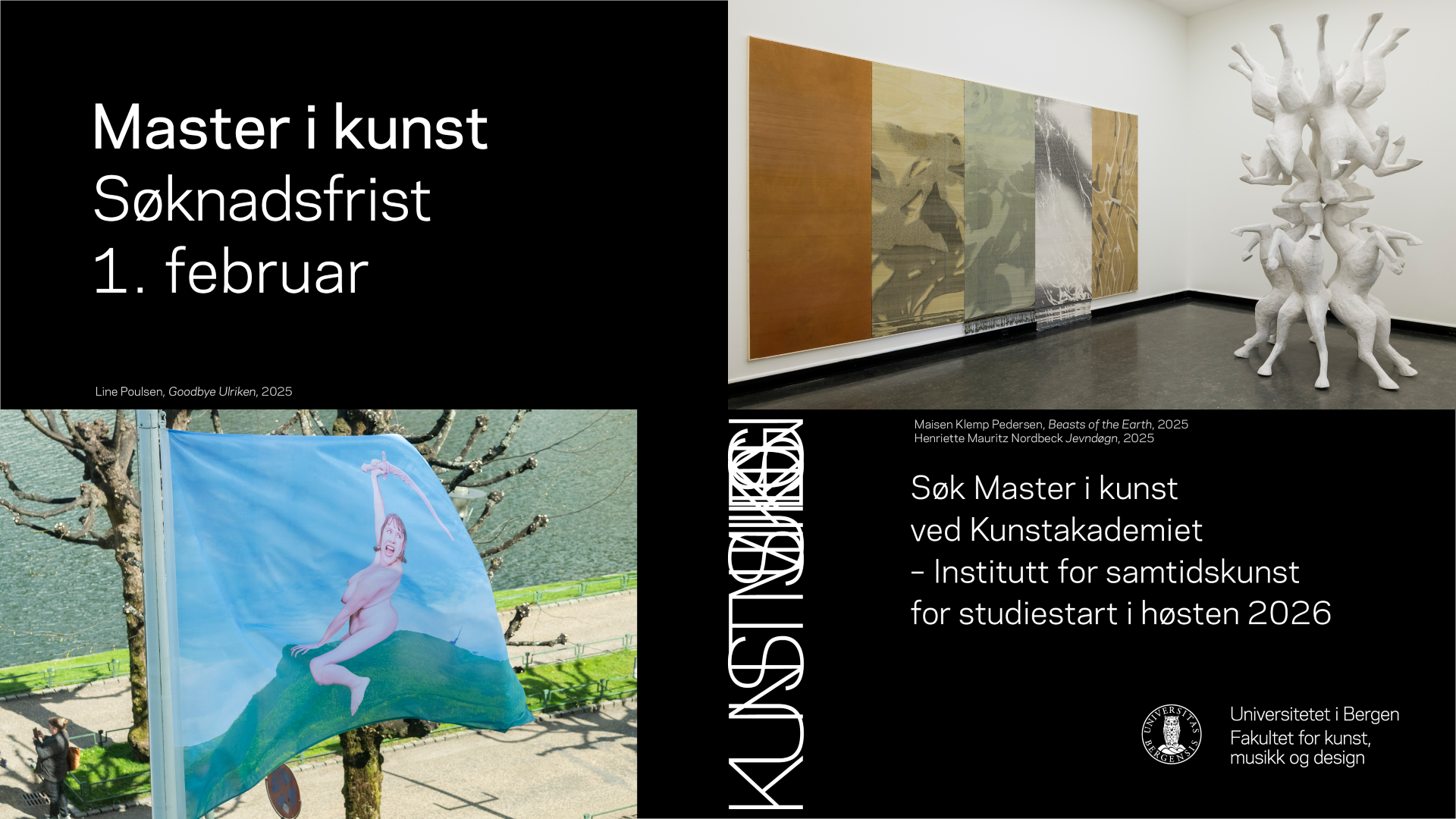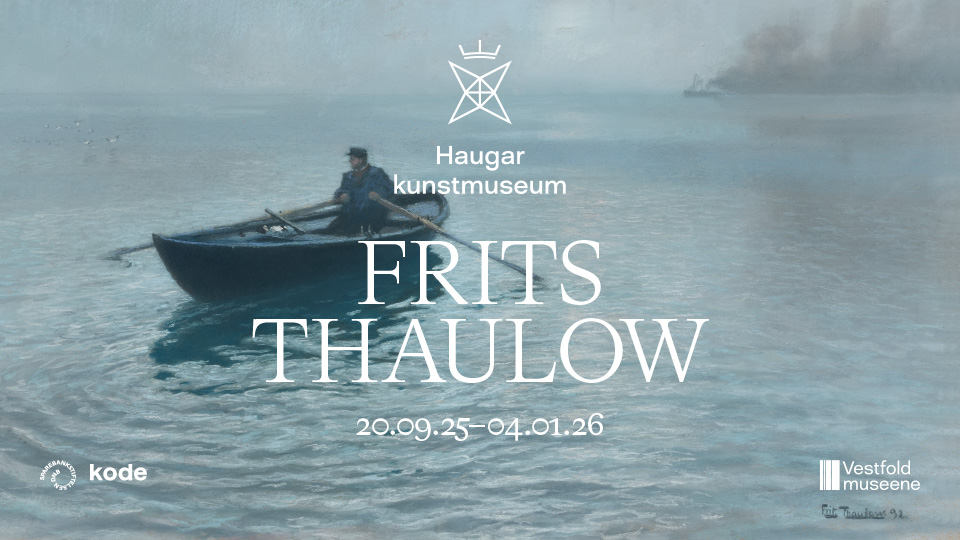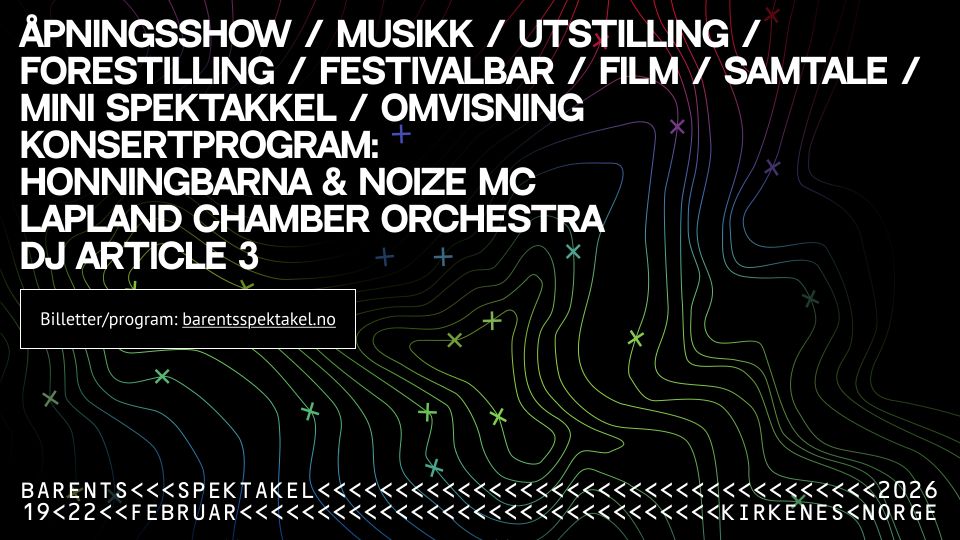
The long 2010s are still ongoing, so this is not an attempt to look back upon a concluded period. Historical speculations about the recent past risk presenting that period as something complete, as a collection of events, trends, forms, and techniques which can be studied at a safe distance, with a certain wary nostalgia of comfortable hindsight. The historian of the recent past is often slightly jaded, possibly ironic: what can be more awkward than that which has just taken place, that which is neither old enough to merit rediscovery, nor new enough to remain current? The historian of the recent past lives in an atomised time, in a now without duration, a self-sufficient moment that will soon be replaced by another one, from the vantage point of which the former can be summarised instantly. What is excluded is the present as a historical process, as a tangle of contradictions, that is, as open to change.
The long 2010s, I would argue, without any claims to originality, began in 2007–8, with two events: Apple’s launch of the first iphone model in the summer of 2007, and investment bank Lehman Brothers’ bankruptcy in September 2008. These events were both symptoms of and triggering factors in a network of historical forces which still define our world. The launch of the iphone signalled a new phase in the development of digitisation, where the digital networks and business models of the new platform companies (‘web 2.0’) were more intensely integrated into social relations and the infrastructures of everyday life. The Lehman Brothers crash revealed the dimensions of the American financial meltdown, with catastrophic effects on a global scale.
The consequences of these events continue to play out across the long 2010s. We recognise them, they form the environment we live in: recession, austerity policies, increased inequality, the growth of new fascisms; the impact of social media, tech’s economic dominance, the crisis of old media, the balkanisation of the public sphere; the gig economy, troll armies, bot swarms, idiocracy. These factors are inconceivable without one another; together, they form a complex system in perpetual mutation, as ungraspable as a chaotic weather system. To describe it accurately, to provide it with an adequate description, is a challenge – and not just an artistic one, but a political one as well. The modern novel can be seen as an attempt to respond to corresponding challenges with respect to the crises and mutations of earlier epochs. Embracing the technical conditions of its moment, it deployed an redoubtable array of formal resources – polyphony and shifting modes of enunciation, range and stylistic variation, alternating discourses and narratological models – in order to assemble representations of complex worlds, in ways that could perhaps make it possible for readers to relate to them, to navigate them.
One of the great artistic challenges of the long 2010s has been – and remains – to find forms of representation which can accommodate, account for, and facilitate orientation within complex systems and causal networks, the great tangles of history’s threads, with their inner connections, internal contradictions, and open bifurcations. The problem of Realism haunts the present. Artists and artistic movements have claimed a specific and privileged mimetic access to both the comprehensive effects of digitisation and the chain reactions of the financial crisis, from post-internet art to various attempts to map the nebulous networks of financial markets.
If I were to name one artist who appears emblematic of the long 2010s, it would probably have to be the omnipresent Hito Steyerl. Her works illustrate a central problem for this whole mimetic tendency, in a wide sense of the word. On the one hand, they prove that the complexity of present crises demand, for their efficient and truthful representation, an advanced understanding of the qualities and possibilities of new digital media. On the other hand, they show – intentionally or not – that such an advanced understanding can just as well result in a fetishisation of those technologies’ powers, thereby mystifying the social and economic forces they serve to represent in a way that locates those forces beyond critical and political reach.
But I’m getting ahead of myself. Let me zoom in a little. The 2010s – the chronological version this time, not the long one – has also been the decade during which I’ve written for the present journal. I published my first text here in November 2010. Writing this article gives me a reason to return to some of those texts, or at least to the artists and the exhibitions they discussed. It is not a large number of texts, and their selection of subjects is not representative in any way, but they are still sufficiently many, and the range sufficiently wide for the image of the recent past to become slightly less clear. Not least because one of the tasks of criticism is to be suspicious of works, practices, exhibitions, and positions which seek too eagerly to be contemporary, to capture a zeitgeist, to make unambiguous statements about their historical present.

Digitisation: post-medium dispersal and the big archive
What becomes visible? Critical attention to the comprehensive effects of digitisation has been recurrent in artistic practices and exhibitions throughout this period. Clear shifts in emphasis can be discerned, however, and different aspects have been stressed at different moments. Edward Snowden’s leaks about the CIA’s global digital surveillance programs and collaborations with the major tech companies were published in June 2013, but the feeling then, if I remember correctly, was generally that this confirmed something that everyone had already assumed. The turn toward a more widespread and openly critical attitude toward the influence of big tech, connected to an almost dystopian resignation regarding the conditions for any progressive affirmation of new technical possibilities, instead took place around year’s end 2016–17, with Trump’s election victory in the US and reports about Facebook’s relation to Cambridge Analytica.
It is possible to trace this turn with respect to two ideas: the idea of a post-medium dispersal and the idea of the big archive, both of which have been recurrent figures in the artistic and curatorial practices of the long 2010s. In 2012, A Trip to the Moon was shown at Bonniers Konsthall in Stockholm, one in a series of ambitious group shows during Sara Arrhenius’s tenure as director there. The exhibition addressed the relation between art and film, and outlined a historical development stretching from Georges Méliès and the wild experimentalism of Early Cinema, to Ryan Trecartin and Lizzie Fitch and the nihilist stroboscopy of new digital visual cultures. Between these two extremes were a number of works which reflected over film’s different technical and artistic regimes: video artist Douglas Gordon’s famous “modifications” of film history classics (Pretty Much Every Video and Film Work From About 1992 Until Now, 1992–); a construction by Rosa Barba that repurposed disused film strips as a sort of kinetic, sculptural material (Stage Archive, 2011), etc.
From the birth of cinema until its death, in other words: from its emergence in a situation of technical, economic, and institutional indeterminacy, across its stabilisation as medium, art form, and industry, and to its dispersal in a new post-medium screen culture. But while its general approach was critical and described film’s movement toward dissolution in new economies of attention, the exhibition was also to some extent optimistic. This was precisely what its genealogical approach suggested: that film, digitally emancipated from the distribution apparatus and the technical limitations of the film industry, could once again regain the openness and experimental heterogeneity which characterized Early Cinema; that cinematic forms would be able to move freely across different supports, through different institutional spaces, and enter into new hybrids and constellations.
Such faith in the wild multiplicity of formal possibilities afforded by new screen cultures in the digital post-medium condition, today appears distant. In 2017, Subjektiv was shown at Malmö Konsthall and Kunstnernes Hus in Oslo, a group exhibition with contemporary photography, planned in the direct aftermath of the Trump trauma by the editorial board of the Scandinavian photo journal Objektiv. It related to a radically different media technological present. The exhibition wanted to examine the possibilities of “lens-based” media as resources of subject formation, through and against the dominant social media platforms. That there was a measure of cynicism in the venture was evident in Liz Magic Lazer’s film The Thought Leader (2015), in which a precocious ten-year-old gives a rhetorically accomplished TED talk with a script drawn from Dostoevsky’s Notes from Underground (1864). In other words, Subjektiv too had a strong critical approach, but the possibilities it suggested were from the outset inscribed into, or at least defined in relation to, the economic and aesthetic paradigm established by the digital platform companies.

Another striking work in Subjektiv was the film Rose Gold (2017) by Sara Cwynar – titled after one of the colors of Apple’s iphone, no less. It is filmed in 16mm, but its form of composition derives more clearly from the logic of the digital image bank and the search engine. The film – as far as I can recall – follows a chain of associations that leads from the lush shimmering pink nuance that gives the work its title, to a number of vaguely corresponding elements: everyday objects and beauty products in complementary colors, handsomely aged archival footage, suggestive lyrical phrases in the soundtrack, etc. Here too we are in a new media regime: rather than an idea of post-medium dispersal and multiplicity, the soft transitions between separate motifs and media in Cwynar’s film communicate a sense of access and aesthetic consistency, of frictionless, total compatibility. The film’s formal structure, we could perhaps say, mirrors the self-image of the contemporary media regime.
In this sense it is reminiscent of one of the more celebrated essay or archive-based films from recent years, Camille Henrot’s Grosse fatigue (2013), shown among other places in the exhibition Reading “The World in Which We Live” at Signal in Malmö in the fall of 2013.
Grosse fatigue is based on material from Smithsonian’s collections, to which the artist had access during a residency. It uses the format of the desktop film, with windows opening inside windows, images and texts in layer upon layer, cuts and transitions at a breakneck speed, the whole held together mainly by the strong continuity of the soundtrack, where a male voice recites an incantatory prose poem over a propulsive beat, as in a music video. It is a philosophical-cosmological fantasy, an audiovisual speculation regarding the creation of the universe, the emergence of life, the enigmatic abundance of existence. At the same time, what it shows is a cosmos without contradictions, a giant network of connections where everything shifts over into everything else, where all belongs together in great mystic compatibility – once again, not unlike the image that the dominant digital platform companies want to project of the technical, social, and economic paradigm they have spent the long 2010s consolidating.
Grosse fatigue was first shown at the 2013 Venice Biennale, which relied on an idea about the big archive that has aged rapidly. The Encyclopedic Palace, curated by Massimiliano Gioni, was a relatively radical exhibition experiment, for Venice at least. To large extent a historical show, it featured, alongside artworks, a wealth of other material, from models of encyclopedic palaces to occult books and anthropological photo collections, most of which conveyed different cosmological visions and utopias. Suitably, a series of paintings by Hilma af Klint – the greatest art historical export of the Swedish 2010s, and an international pioneer within occultist abstraction – was also included, just months after her large retrospective opened at Moderna Museet in Stockholm. Rudolph Steiner and Carl Jung also contributed.
Although it was not strongly emphasised, the rationale for the exhibition’s encyclopedic ambitions was clear, almost self-evident: these cosmological visions had gained a renewed relevance in the age of the total digital archive. The simultaneous and immediate availability of all cultural forms through digital networks – “to organise the world’s information and make it universally accessible and useful,” as Google’s own mission statement reads, to this day – had opened new worlds. What could make more sense than returning to the motley history of mystical-cosmological visions, to the eccentric epistemologies of idiosyncratic curiosity cabinets, in order to think the experimental possibilities of this situation?
Such associations between the history of artistic cosmologies, Big Data, and new experimental worlds of knowledge, at present appear difficult to sustain. As representative for the status of the big archive today, a work such as Paolo Cirio’s Sociality (2018) might instead be mentioned. Shown this fall at the Gothenburg Biennial, curated by Lisa Rosendahl, the work consists of a large number of A4 paper sheets mounted in a strict grid across a wall. They are printouts of different patent applications, made by digital platform companies: diagrams, schematic drawings, and short technical descriptions, arranged in categories such as surveillance, profiling, etc. The big archive, the work establishes dryly, does not only contain all the knowledge in the world, like an enormous public multimedia library that has suddenly opened in our smartphones and laptops. It also contains all knowledge about us, the users of the digital platforms, and this part of the archive is in no way public, but is owned by a small number of dominant firms, which sell it along to other companies, demagogues, and intelligence agencies.

Political economy: cartography and fatalism
One analogy that has loomed in the background of a number of artworks and exhibition projects during the long 2010s is the parallel between digitisation and financialisation, that is, between the effort to integrate yet further dimensions of social life with the global infrastructures of digital platform companies, and the tendency to adapt yet further dimensions of society’s economic structures to the demands of a global speculative financial market. Just as cultural forms can today float freely across different integrated interfaces, platforms, and technical devices, so does finance capital float freely across borders, past regulative frameworks and jurisdictions. Just as social relations and everyday behaviours tend toward mediation by digital platforms, so social interactions tend to transform into possible transactions, which can become objects of investment and speculation.
Does this parallel, this formal correspondence, mean that new digital representation techniques have a special capacity to map the economic networks of financial markets? Such an idea of new aesthetic cartographies of economic and social complexes has been recurrent in the art world during the long decade of the financial crisis. One important reference here has been Jeff Kinkle and Alberto Toscano’s book Cartographies of the Absolute (2015), which returns to a concept introduced by the theorist Fredric Jameson at the end of the 1980s, “cognitive mapping.” The basic idea is simple: capitalism’s globalisation intensifies the split between subject and structure, that is, between the individual’s lived phenomenological environment and the social and economic systems which determine the individual’s conditions of existence. This split is a political problem: if we cannot orientate ourselves in, or localise our position and role in relation to the forces which determine our existence, then neither can we formulate any kind of coherent political project for changing them.
Cartographic working methods have multiplied during the past decade. The multidisciplinary research group Forensic Architecture has had perhaps the greatest impact, with its technically advanced projects, which use 3D modelling, large scale data aggregation, and powerful statistical models to map and visualise acts of state violence within the framework of international juridical processes. Today, comparable practices are relatively widespread, within as well as without academic institutions. In Sweden, the independent collective Mapping the Unjust City has for a few years worked with a series of investigations into not only the transformations in Swedish city planning, but also the changing ownership of ‘public’ buildings, mainly in Stockholm. For these cartographic practices, pedagogical and political missions are essential: their maps of complex systems are designed to serve as tools for imaging, orientation, and action.

Kinkle and Toscano point out a couple of core problems which cartographic practices today face. First, they establish that cartography, in the historical moment of Big Data and Google Maps, risks becoming an end in itself, that the maps obscure the mapping, that their vast range, rapid shifts of scale, and sharpness of detail serve to smooth over the world’s contradictions. Second, there is a risk that maps consequently stop serving a pedagogical function, and instead overwhelm us with sublime representations of endlessly complex systems, in a way that mystifies social conditions, representing them as inevitable, fated, extra-historical, as impossible to influence as natural laws. Such a risk is perhaps especially evident when it comes to mapping financial networks, since there is an apparent class-based interest in presenting them as the necessary mechanisms of sound economic realism.
The critical possibilities and problems of aesthetic cartographies were on full display in one of the most important exhibitions of the long 2010s at Moderna Museet in Stockholm: Manipulate the World, curated by Fredrik Liew and the artist duo Goldin+Senneby, and shown in the fall of 2017. The exhibition took its cue from five of Öyvind Fahlström’s game and map-based works from the 1960s and early 1970s, around which a number of contemporary works were assembled, in which games and maps were employed in comparable ways, as models for representing economic, social, and historical issues. Hito Steyerl contributed with an unwieldy installation inside of which an essay film established a characteristic chain of associations between virtual spaces, light-speed capital flows, and the dissolution of reality through nanotechnology (Factory of the Sun, 2015). Lawrence Abu Hamdan also participated with an audiovisual installation developed in collaboration with Forensic Architecture, where advanced acoustic visualisation techniques were employed for identifying the kind of ammunition that had been used in a shooting in the West Bank (Earshot, 2016).
The exhibition was traversed by a general tension more or less latent in Fahlström’s practice. On the one hand, it drew upon an alchemic drive in Fahlström’s earlier works, where meaning emerges through the groundless combinations of cryptic quasi-semantic elements, like ciphers with no solutions. For a number of works in the exhibition, such an alchemic formula served as the principle for representing the enigmatic operations of financial markets, where value appears to be generated out of nothing, out of the very anticipation of value, as in a self-fulfilling prophecy. A work such as Nicholas Mangan’s Limits to Growth (2016) juxtaposed the mute, hermetic humming of a bitcoin ‘mine’ with an image of an ancient sculpture that had been used as a medium of trade in some sort of prehistoric currency system. The association formed an efficient image of the constitutive arbitrariness of economic value creation. The artist duo Goldin+Senneby, who have earlier drawn much fascination from the analogy between finance capital and alchemy, contributed to the exhibition with what in this context was a relatively non-mystical work, in which a percentage of the exhibition’s ticket revenues was invested in a “shorting attack” against a publicly traded company (Zero Magic, 2016–17).
On the other hand, Manipulate the World included several works that were closer to Fahlström’s later political practice, where he established playful cartographies of imperialism’s effects, as if to somehow pry open a game regarding the possible composition of the world. Among the works in the exhibition which sought to demystify rather than to further mystify complex economies, was Candice Lin’s installation System for a Stain (2016), which provided a dramatic representation of precisely that split between subject and structure that cartographic works seek to encompass and mediate aesthetically. In one end of the large exhibition space, an intricate wooden structure was installed, featuring threads, hoses, and containers, referring in different ways to colonial production systems; slender copper pipes led from this construction to another place in the same gallery, where an ominous red fluid leaked out onto a marble surface. The work was a simple and effective allegory over the spatio-temporal rupture – between labor and labor’s product, between the violence of exploitation and the values it generates – that today constitutes a fundamental problem for any attempt at forging an assembled political subject.

Back to the future
When did the long 2010s begin? With the launch of the iphone and the financial crash in 2007–8, I’ve argued. But perhaps it began far earlier.
In January 2017, the British cultural theorist Mark Fisher died, “suicided by society,” as Artaud once phrased it, concerning Van Gogh. It is not a tasteless thing to say: Fisher was himself the first to politicise his own periodical depression. In his most celebrated book, Capitalist Realism (2009), he related his mental health to the impossible labor conditions he lived under as a writer, teacher, and academic in the UK of deregulation and austerity policies. The brutal cuts in higher education and the concomitant intensification of demands for self evaluations and performance reports in the spirit of New Public Management created what Fisher, in a memorable expression, called a “market Stalinist” explosion of bureaucratic control techniques.
Fisher left behind a critical testament of sorts, published recently under the title“Acid Communism” (2018). It’s actually a draft for the introduction to a longer study he was planning, which would treat the radical culture of the 1970s in relation to the concurrent structural transformation of capitalism’s mode of production – what Wendy Brown has called neoliberalism’s counter-reform. Fisher’s argument was that this mutation constituted an orchestrated and methodical attack against a deep and radically democratic tradition with roots in the modes of organization of labor movements, different avant-garde experiments with anti-hierarchical forms of community, and the rapturous democratisation of emerging pop culture. The process with which the political-economic paradigm of Friedman, Pinochet, and Thatcher achieved global hegemony was nothing less, Fisher held, than the foreclosing of the future.
If one thing is clear today, it is that this is no longer a time to fetishise the archive. The archive fever of the long 2010s cannot be separated from the ideology of the big archive, from the idea that the condition of total digital databases is a condition of generous openness and universal access in which we can leisurely browse around among history’s images and documents, seamlessly curating our own personal cultural heritages. To the extent that today’s practices have a genealogical dimension, they do so out of necessity, because they do not accept the end of history. My impression is that today there is a surge of experiments with precisely that radically democratic tradition whose closure Fisher refused to accept: that artist groups, intellectual collectives, institutional projects, and informal research communities are reaching back to older forms of cultural and political organization in order to reinvent them for the present, in ways which ‘proper’ cultural policy organisations appear to have lost interest in.
But that is another story, a story about how we could revive the future, and therefore about what could come after the end of the long 2010s.









